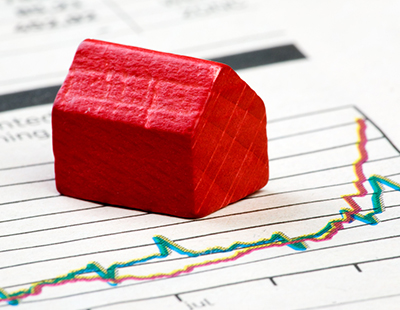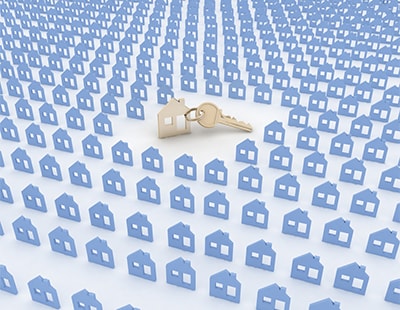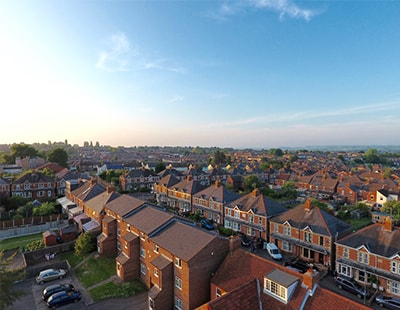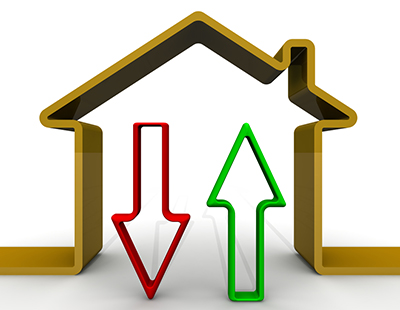Average house prices in the UK have increased 4.4 per cent in the year to February according to the latest official house price index from the Office for National Statistics.
But London prices dropped 1.0 per cent on the year and 2.1 per cent in February alone, leading to concern amongst agents.
“A clear pattern is beginning to emerge. We are seeing a two-tier market developing, with higher national property prices masking a stagnating, or even falling prices, in London. As a result, the old north-south divide is turning on its head with northern areas steaming ahead much faster than the rather sluggish south” says Jeremy Leaf, a north London estate agent and a former RICS residential chairman.
“The figures also reflect a shortage of supply, which pushes prices up, as if people don’t have choice they have to pay more for things” he adds.
The average UK house price was £225,000 in February 2018. This is £9,000 higher than in February 2017 and broadly unchanged from last month.
On a regional basis, London continued to be the region with the highest average house price at £472,000, followed by the South East and the East of England, which stood at £322,000 and £288,000 respectively. The lowest average price continued to be in the North East at £128,000.
All regions aside from London saw positive growth with the West Midlands being the star performer, reporting an annual rise of 7.3 per cent.
“Throughout 2017 we saw the prime central London housing market inundated with buyers and sellers taking a ‘wait and see’ approach, which had a detrimental effect on the fluidity at the lower to middle ends of the market as well as the top. With a lack of significant change made to the punitive stamp duty rules at the top end since then, sellers are becoming fed up with waiting and are instead having to compromise on price to make a sale” says Nick Leeming, chairman at Jackson-Stops.
Mike Scott, chief property analyst at online agency Yopa, says: “Average house prices in London are down 1.0%, its worst performance since September 2009. With no sign of a turnaround in the London market, we expect it to continue to be the worst-performing region for the rest of this year while prices carry on increasing in the rest of the country, albeit at a slower rate.”
Haart’s chief executive, Paul Smith, admits the figures paint a “less than rosy” picture for the capital but insists that “our branches experienced a 20 per cent increase in interested London buyers on the month, and a 22 per cent increase new properties, as confidence in the stronghold of the capital bounces back.”
The sales and marketing director of Kensington Mortgages, Craig McKinlay, says what might be good news to some - in terms of higher prices in most of the country - only worsens the overall affordability problem.
“The problems that underpin the UK’s housing crisis remain. A lack of suitable properties, coupled with even greater demand, continues to push property prices up. There is no quick-fix for the government here, only long-term investment in housing infrastructure will help alleviate the situation.”


























Join the conversation
Be the first to comment (please use the comment box below)
Please login to comment